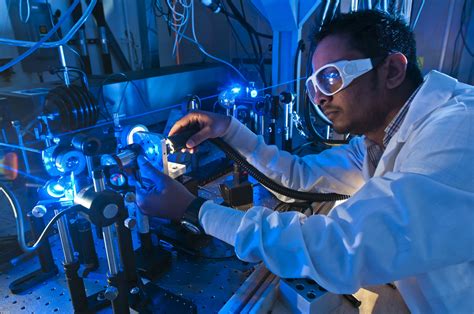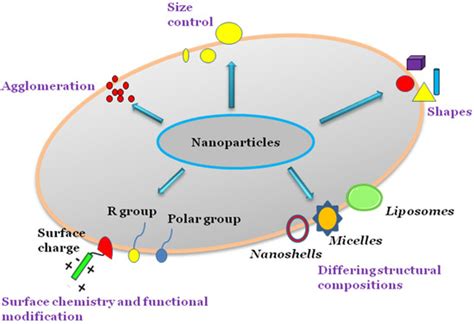Plastics, or polymers as scientists call them, are the unsung heroes of modern technology. They’re everywhere – from the sleek smartphones we can’t live without to the high-speed microchips powering our devices. But there’s a catch. Despite their versatility and convenience, common polymers are terrible at dealing with heat.
This is where researchers from UMass Amherst and other prestigious institutions stepped in with groundbreaking research that could change the game for polymer composites.
In a study published in Science Advances, they discovered something truly unexpected: polymers made with thermally conductive fillers containing defects outperformed those made with perfect fillers by a staggering 160%. This finding goes against everything we thought we knew about material science.
For years, scientists have tried to enhance the thermal conductivity of plastics by mixing in highly conductive materials like metals, ceramics, or carbon-based substances. The idea seemed solid on paper – introduce good conductors into insulating plastics to improve overall performance. But reality had other plans.
The team led by Dr. Yanfei Xu delved deep into the world of thermal transport mechanisms in polymers and uncovered a hidden truth – imperfections could be the key to unlocking unprecedented heat transfer efficiency.
“Understanding thermal transport mechanisms in polymeric materials has been a long-standing challenge,”
explains Dr. Xu, an expert in mechanical engineering.
“But our research shows that defects might actually help improve heat flow within these materials.”
To prove their theory, the researchers created two types of polymer composites using polyvinyl alcohol (PVA) – one set contained flawless graphite fillers while the other used defective graphite oxide fillers. At just a 5% volume fraction, you’d expect the perfect fillers to outperform their flawed counterparts easily.
And they did… when tested individually.
“Perfect fillers (graphite) exhibited high thermal conductivity around 292.55 W m-1 K-1, whereas defective ones (graphite oxide) only managed about 66.29 W m-1 K-1,”
explains Yijie Zhou, lead author of the study and mechanical engineering graduate student at UMass Amherst.
However, here comes the twist – when these fillers were integrated into polymers, those containing defects performed a whopping 160% better than those with perfect fillers!
How is this possible? Well, it all boils down to how these imperfect fillers interact with polymer chains at a microscopic level.
Through cutting-edge techniques like neutron scattering and quantum mechanical modeling, the researchers observed that defective fillers create more efficient pathways for heat transfer within the material structure. Their rough surfaces prevent tight packing of polymer chains seen with smooth fillers, promoting enhanced vibrational couplings that facilitate superior thermal conductivity across interfaces.
“It’s fascinating how imperfections can sometimes act as bridges for better heat flow,”
remarks Jun Liu from North Carolina State University’s Department of Mechanical and Aerospace Engineering.
This discovery opens up exciting possibilities for designing new polymeric materials that boast ultrahigh thermal conductivity levels never seen before. Imagine next-gen devices operating cooler and more efficiently thanks to improved heat dissipation capabilities offered by these advanced composites!
In conclusion, what may seem like flaws on the surface could actually hold immense potential when it comes to enhancing material properties like heat transfer efficiency in polymers – proving once again that imperfection can indeed lead to innovation.









Leave feedback about this